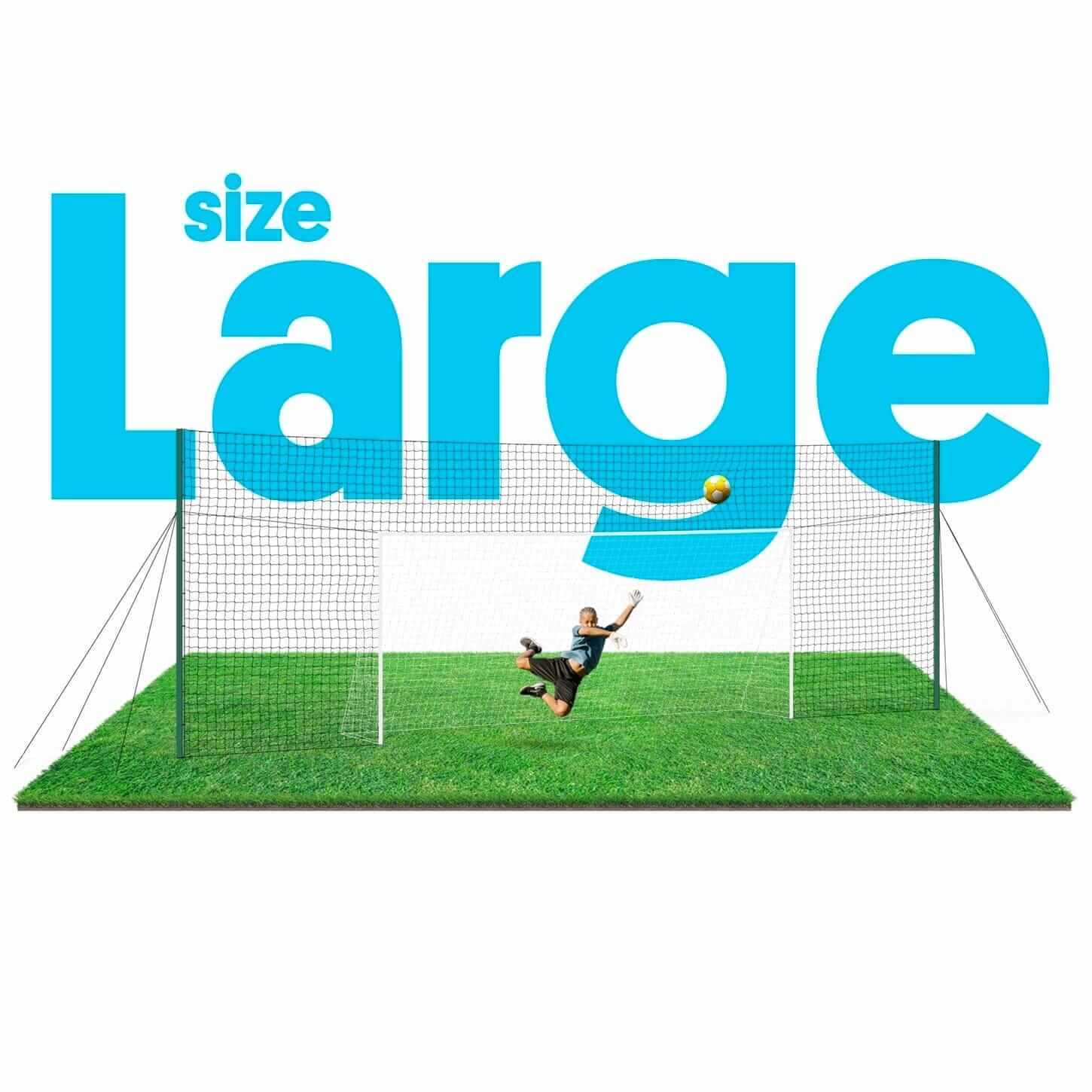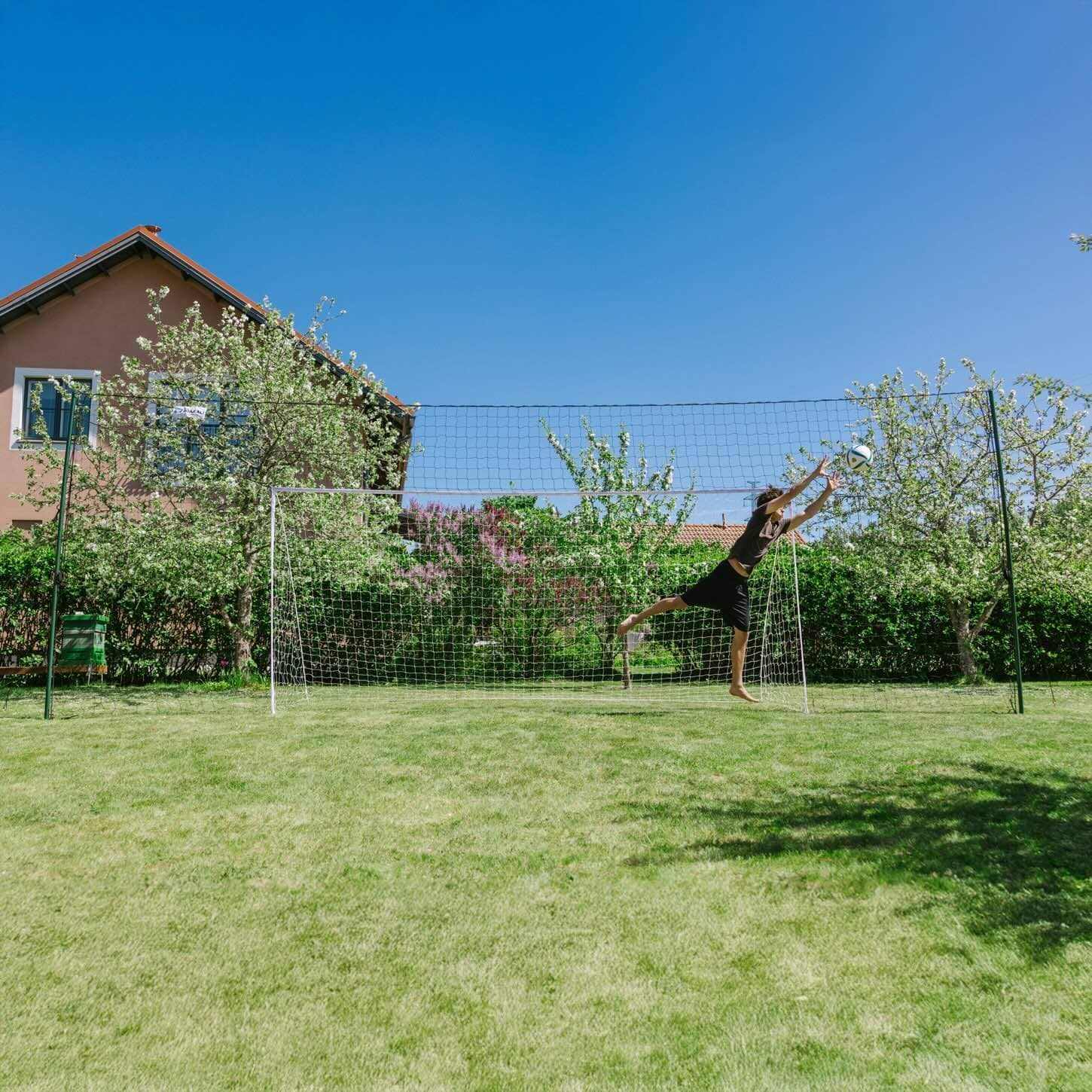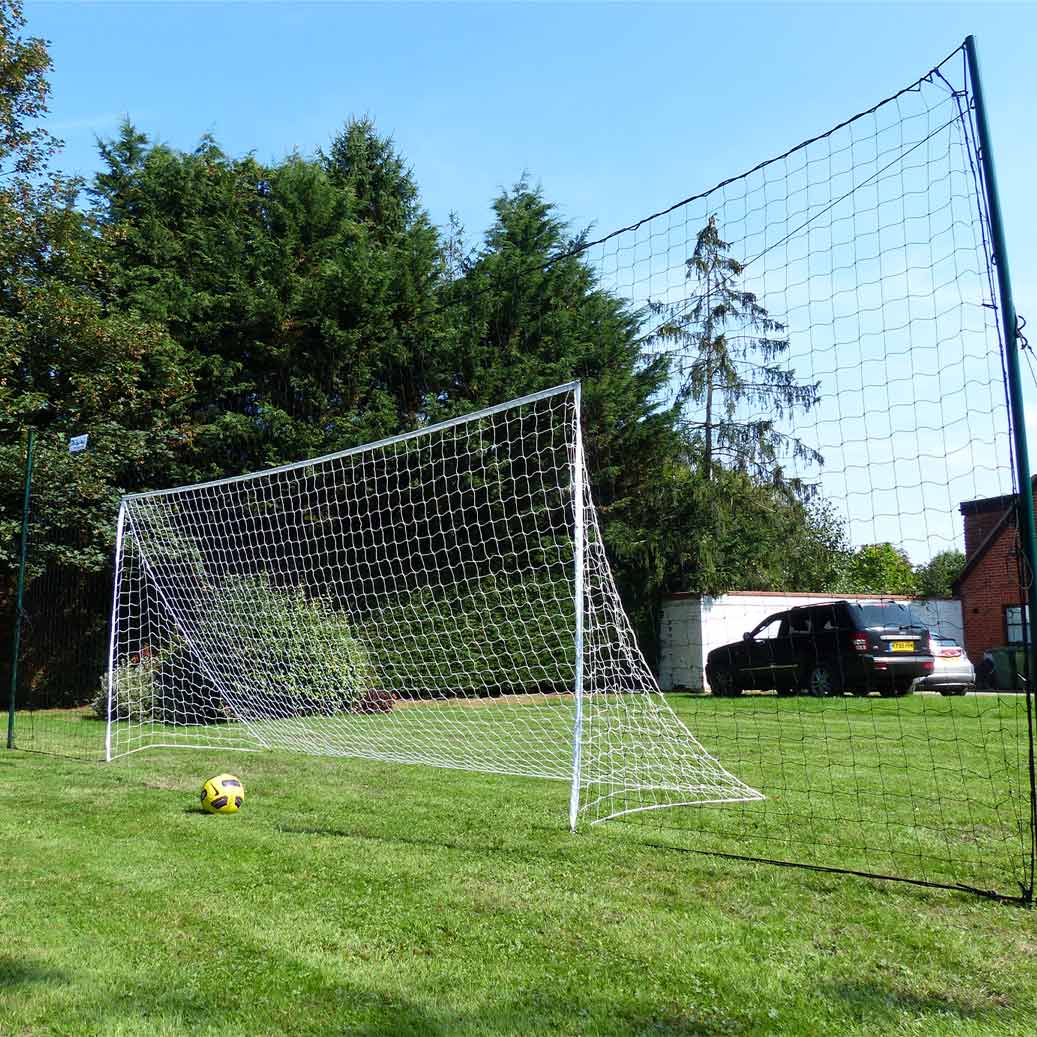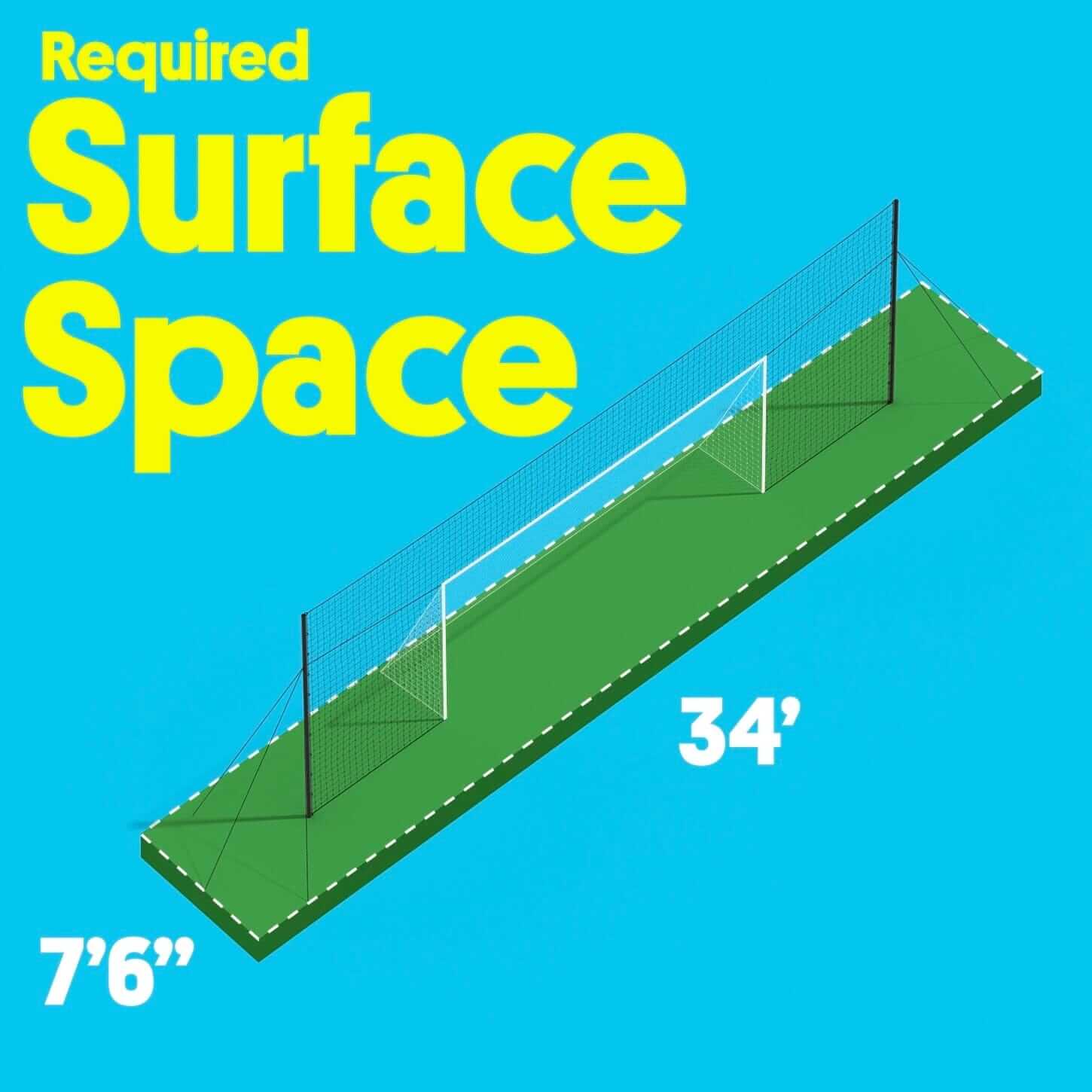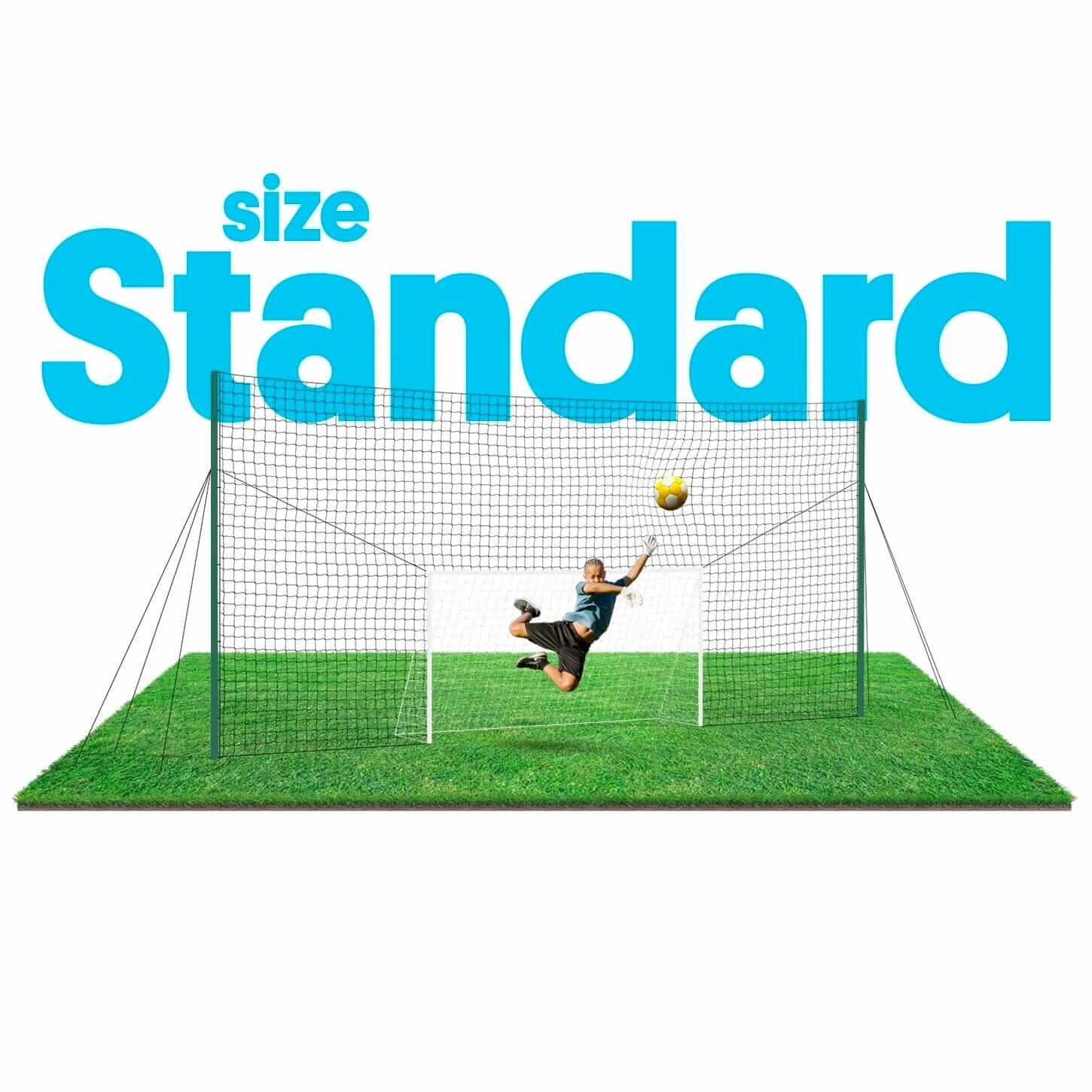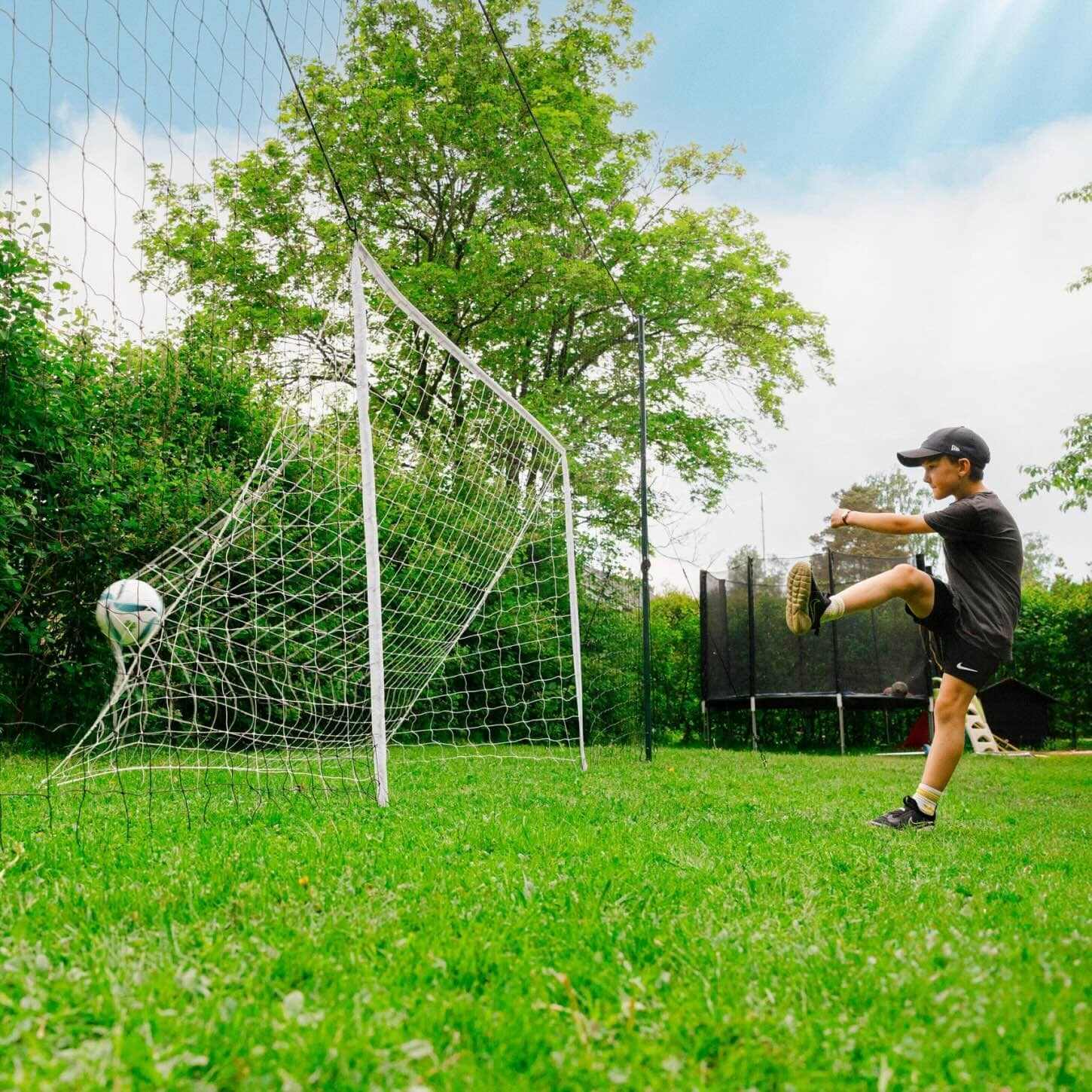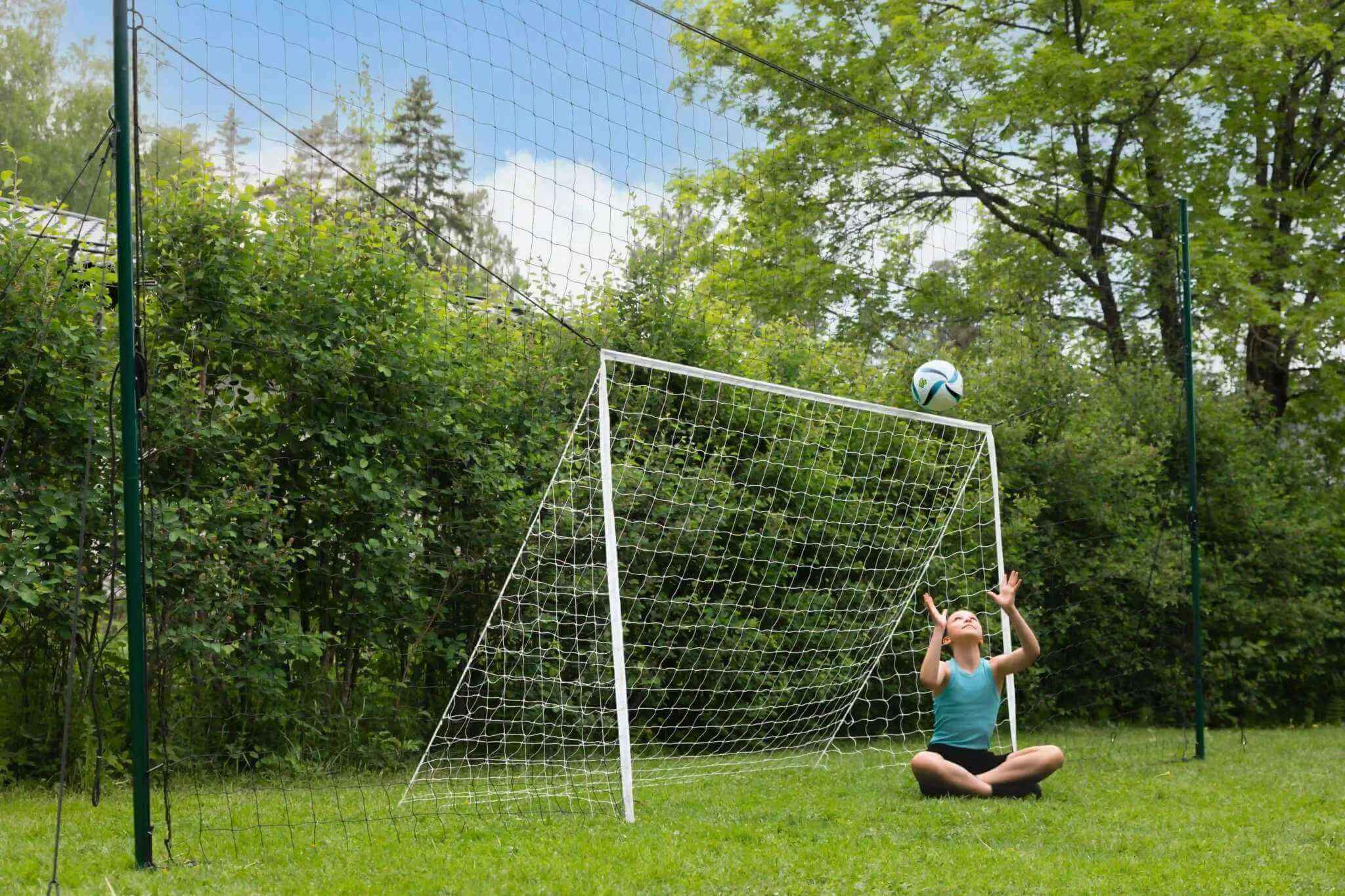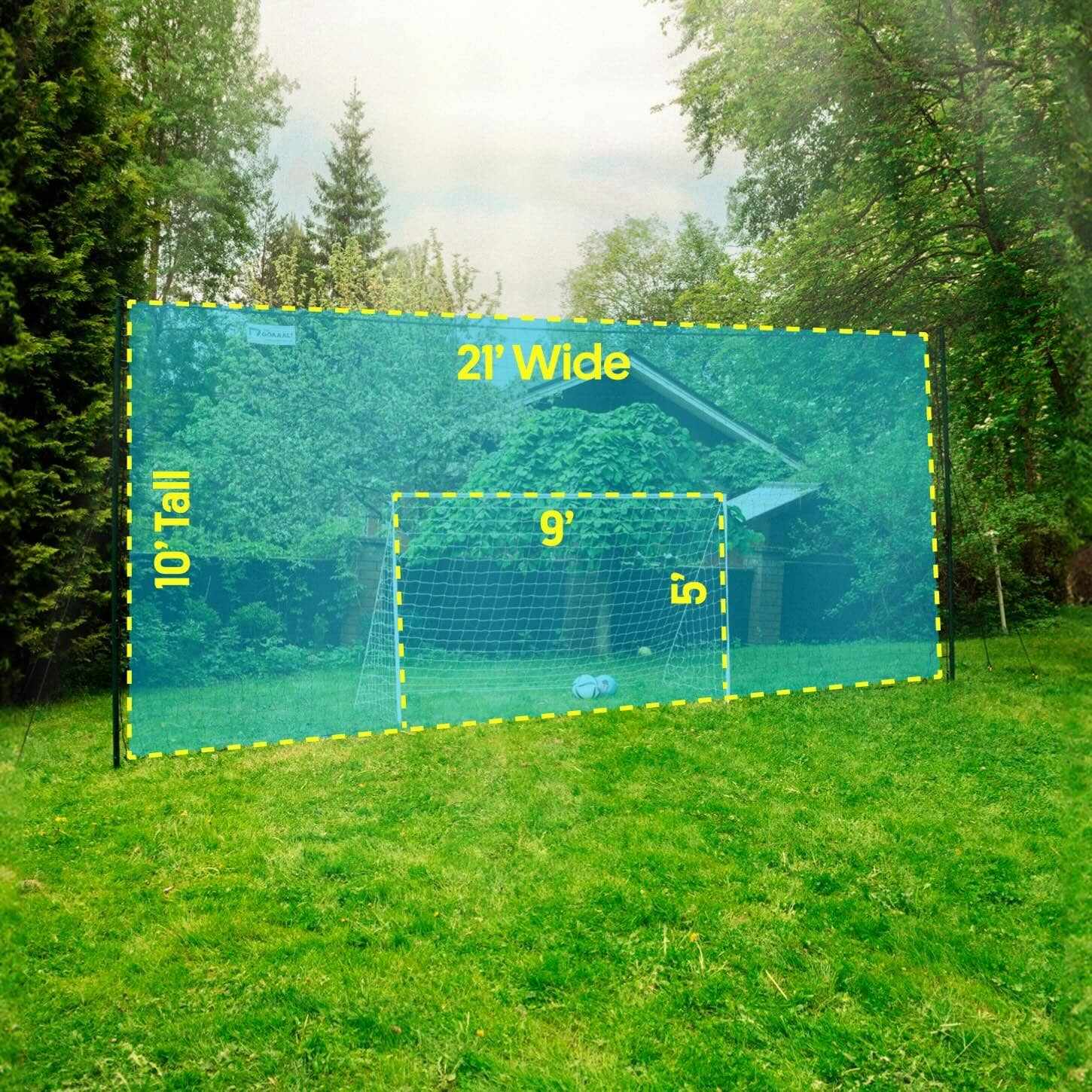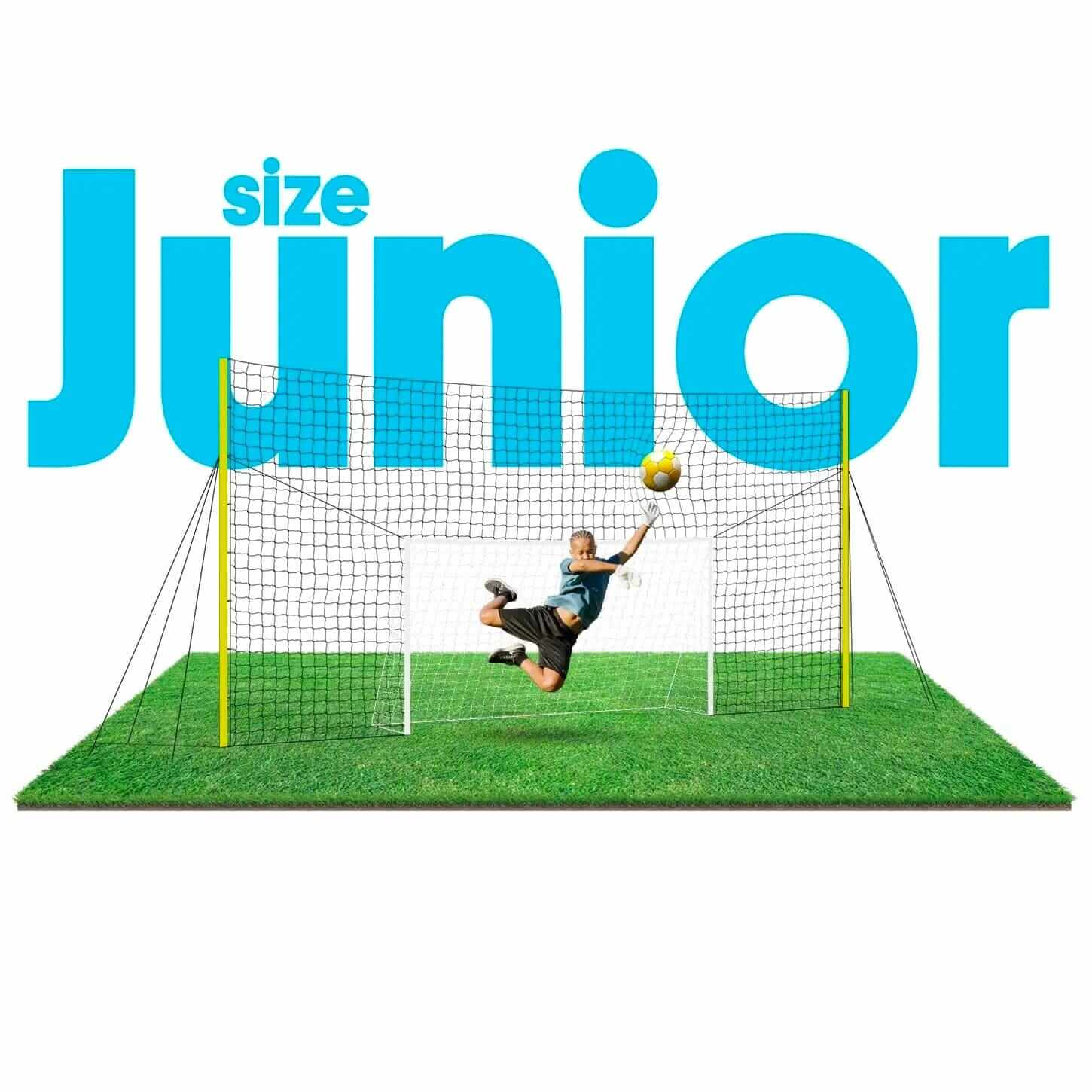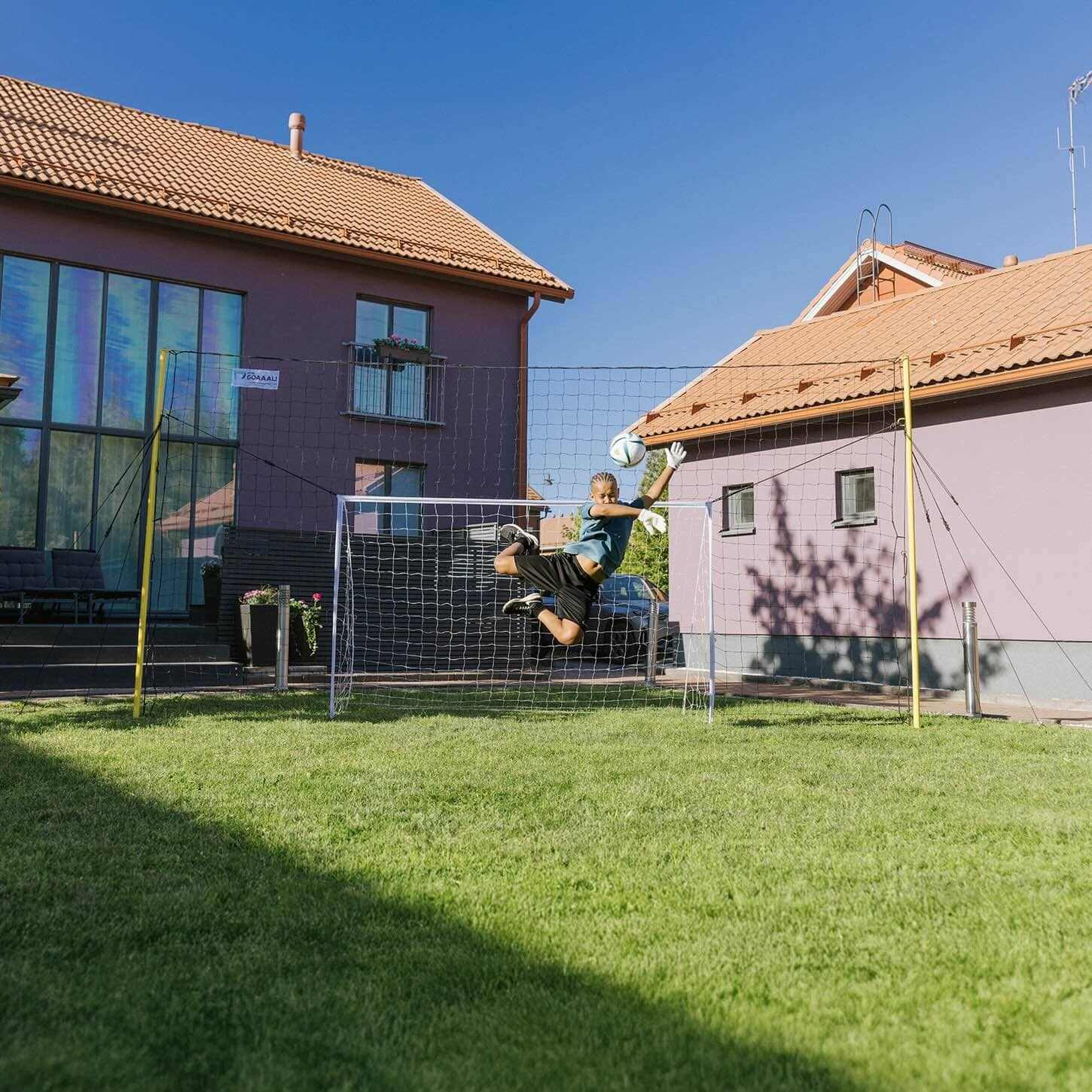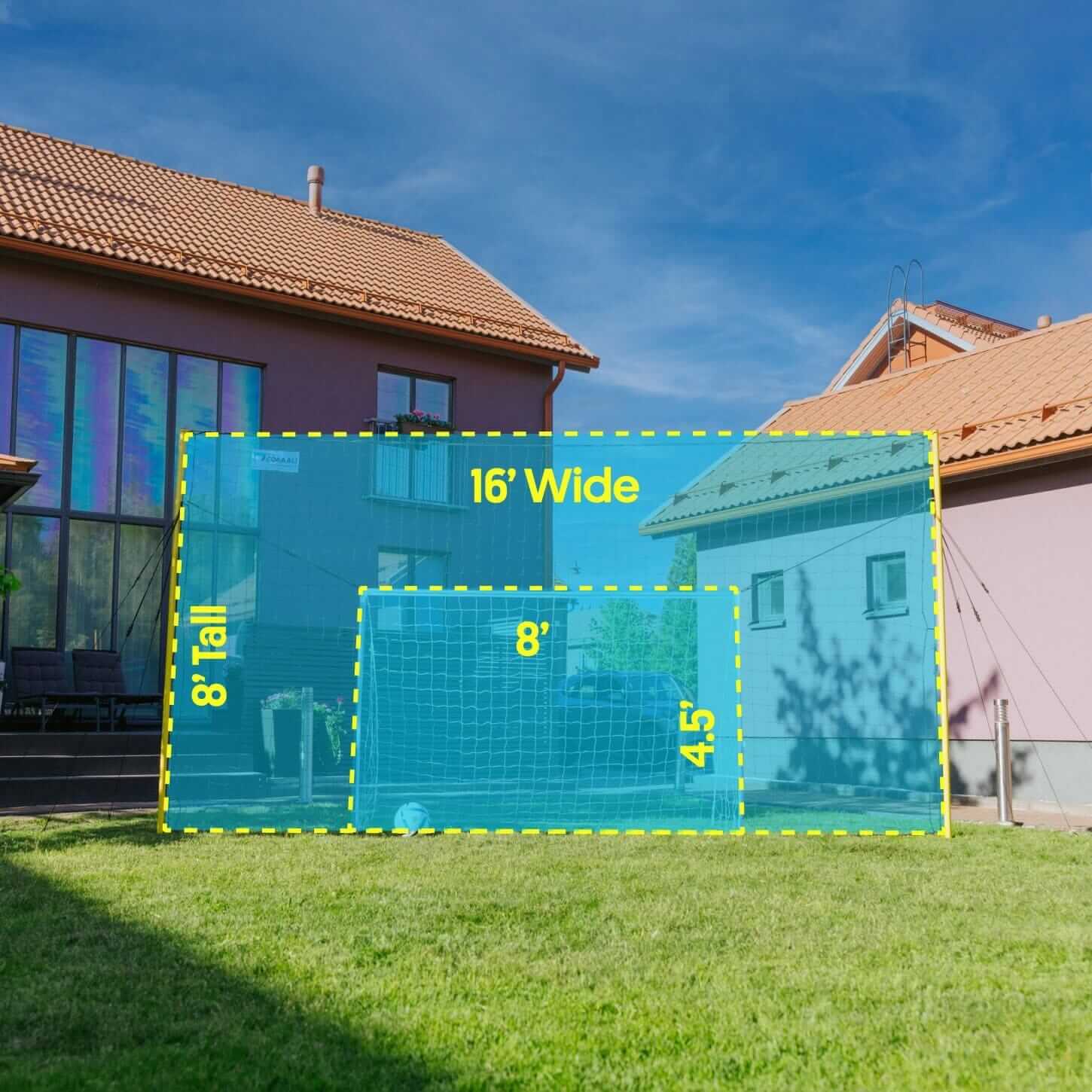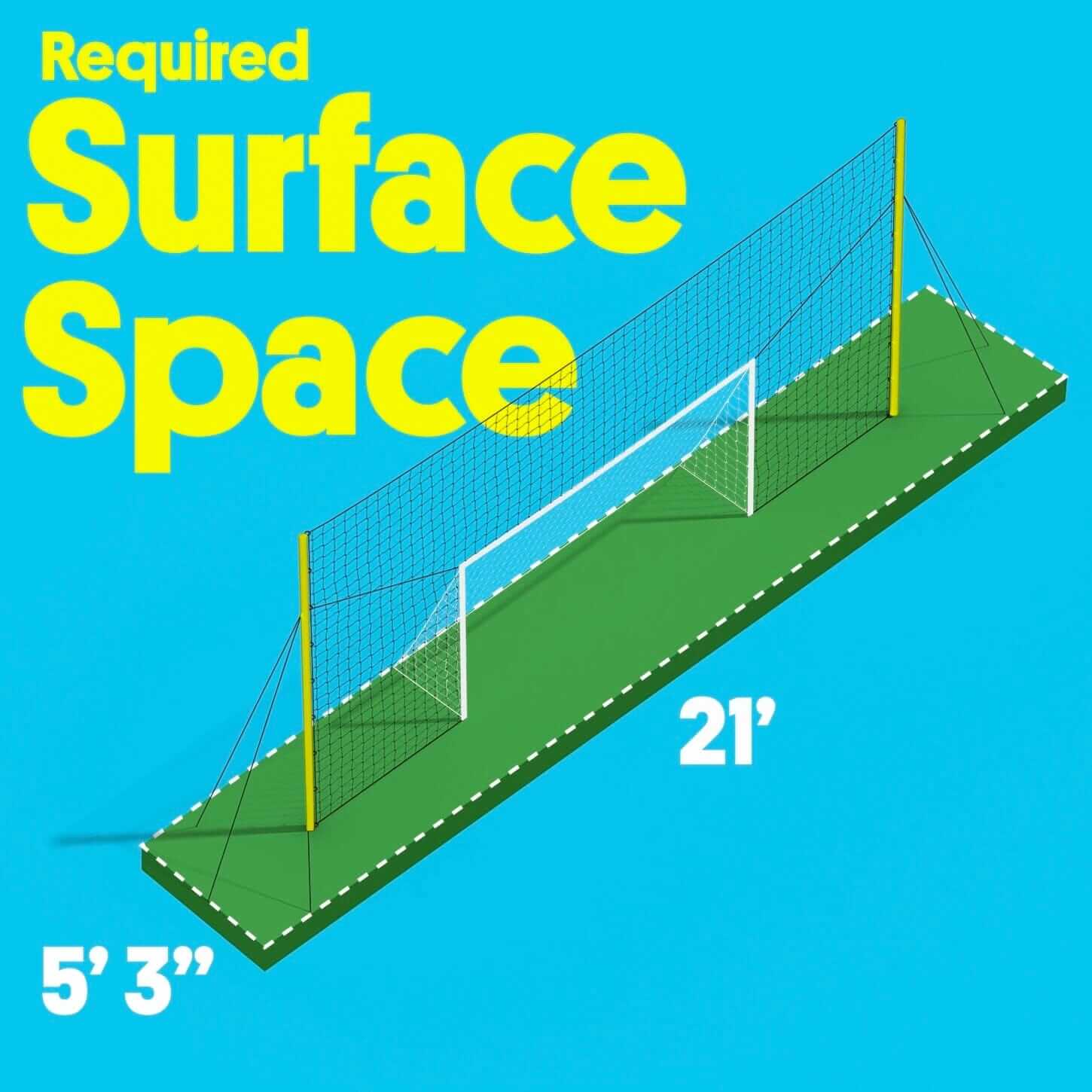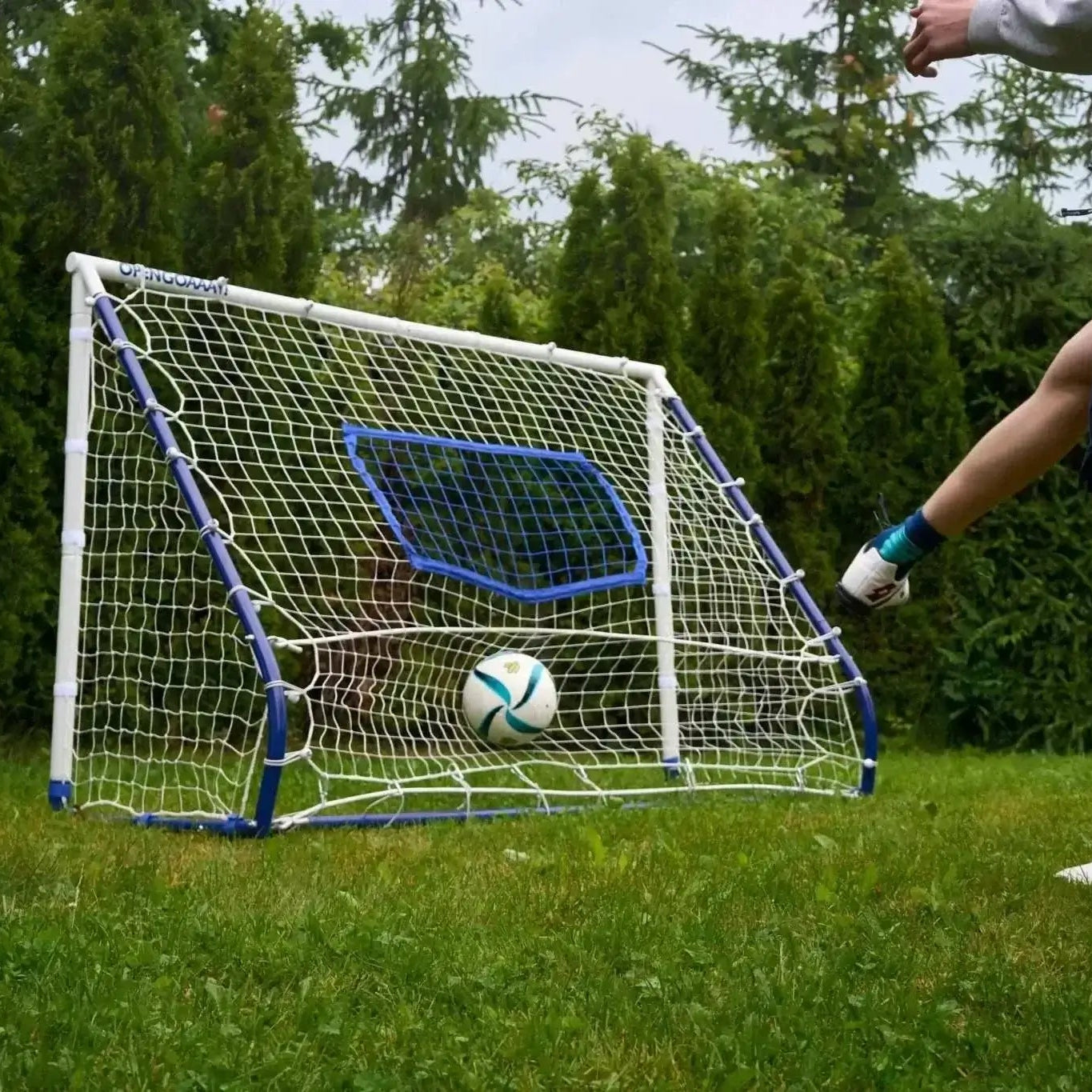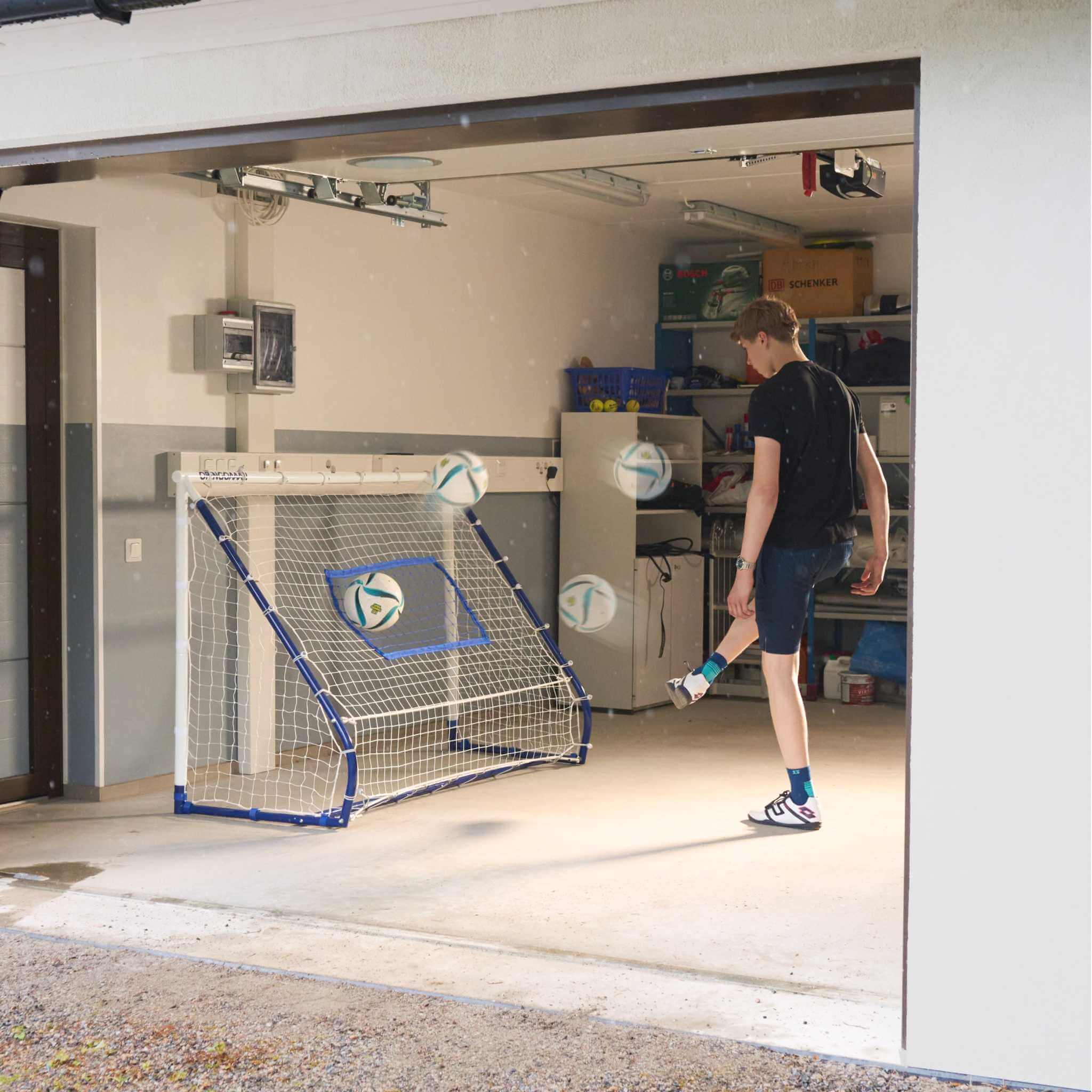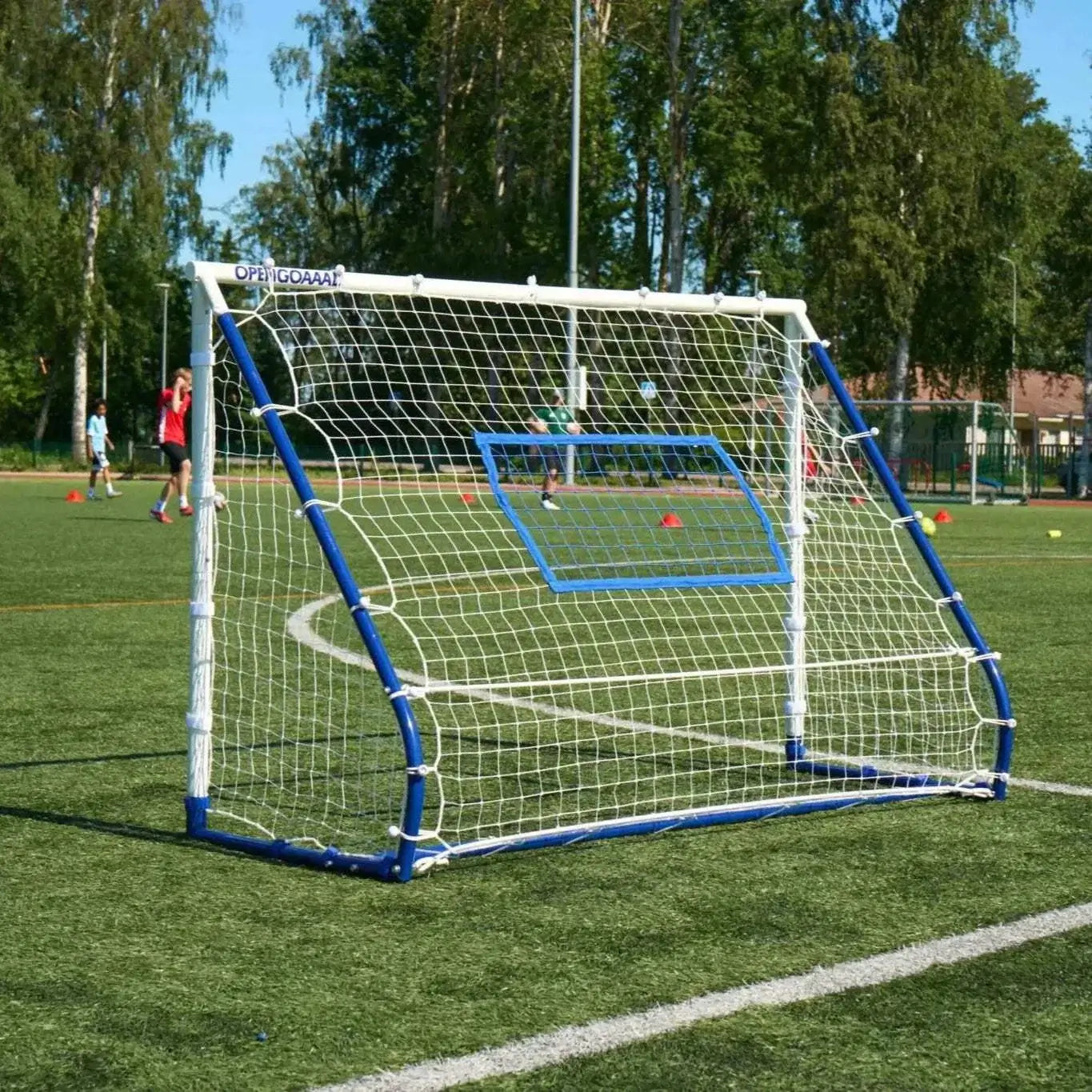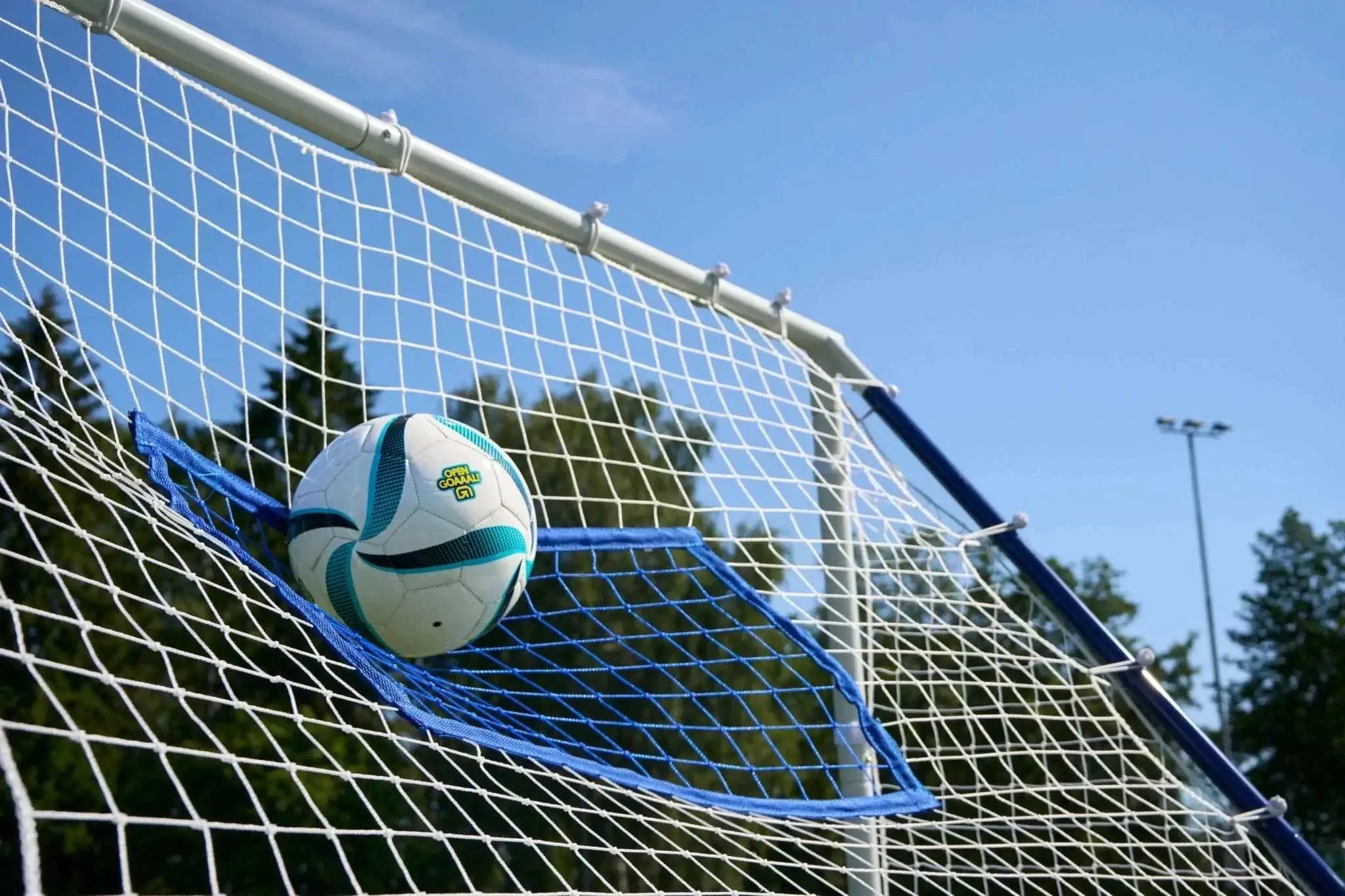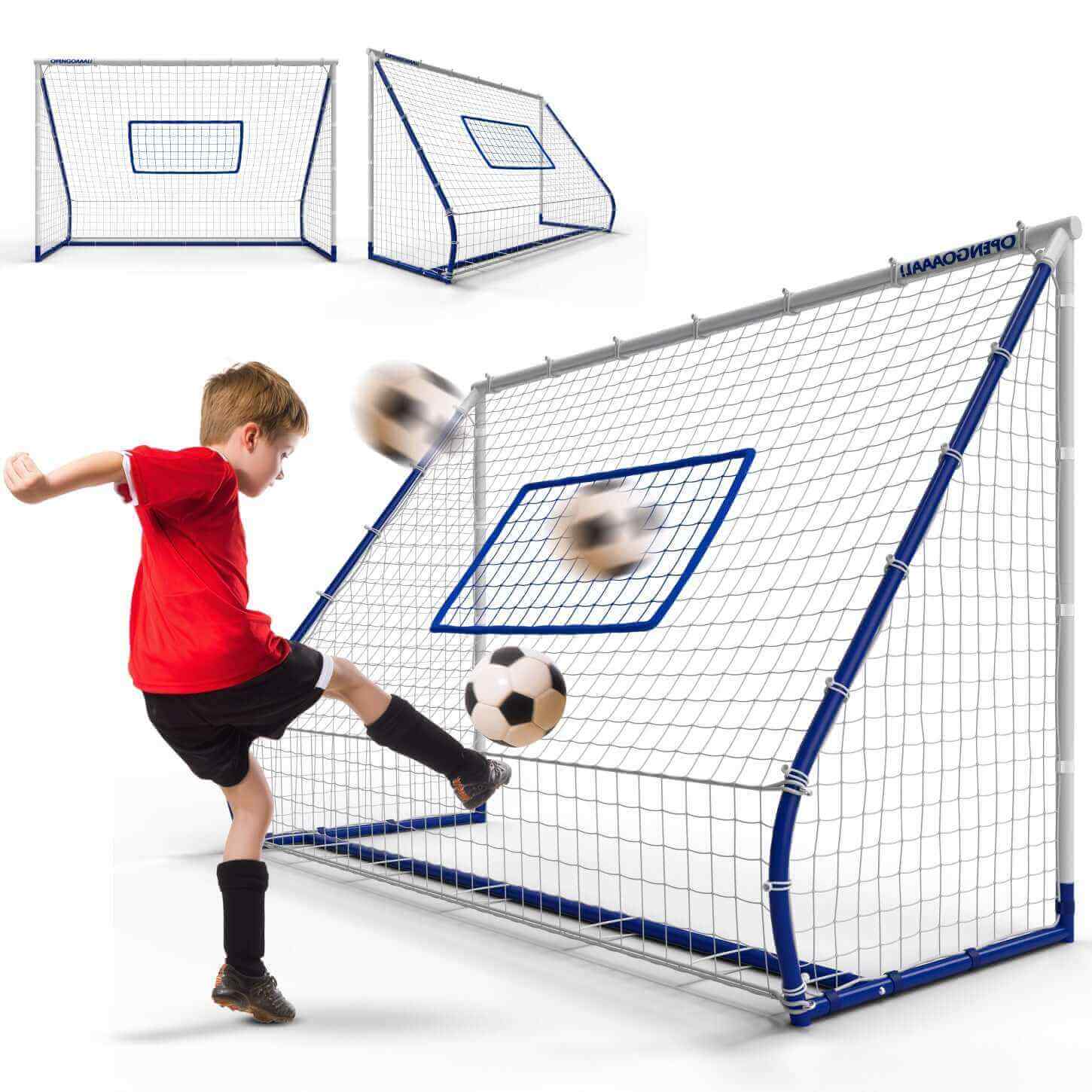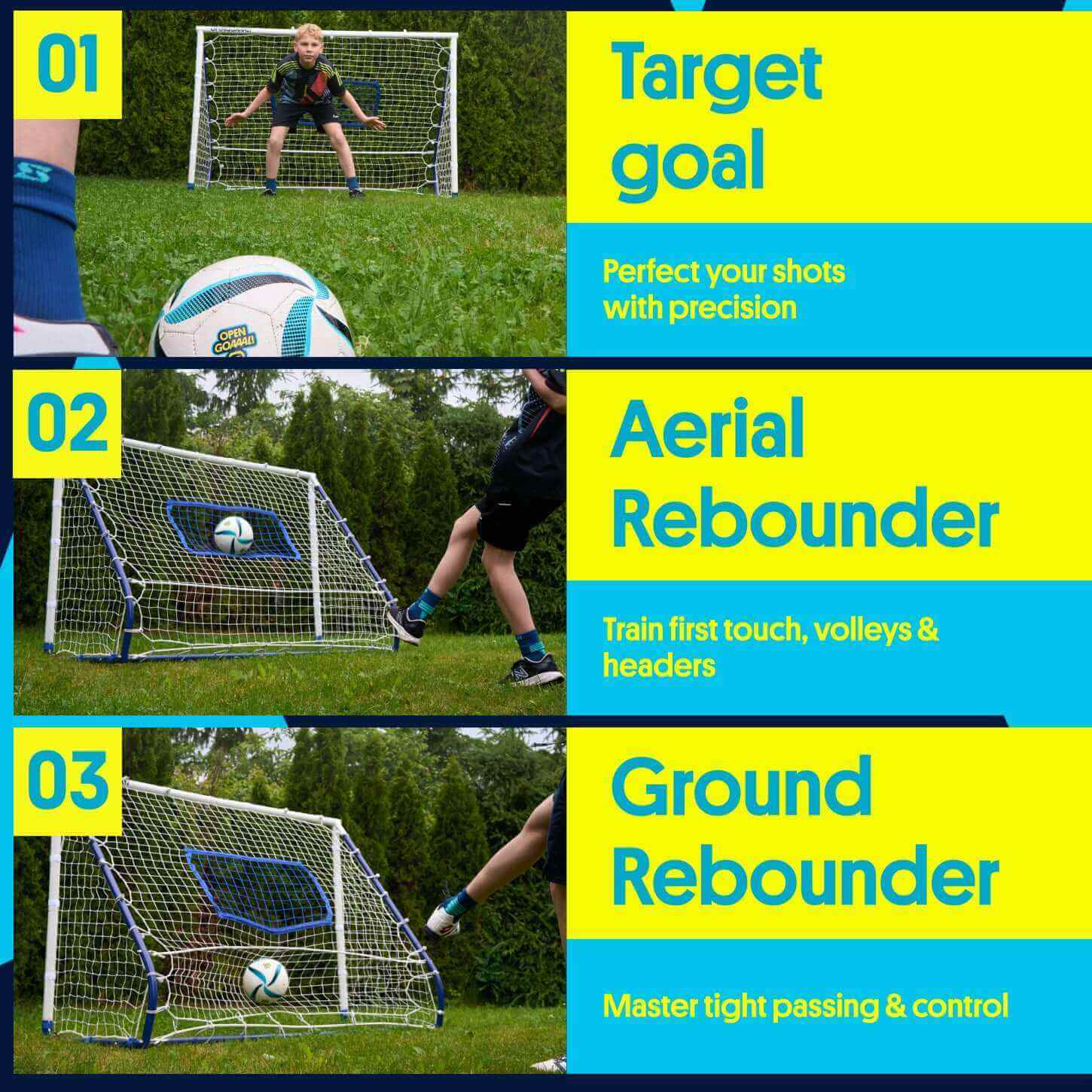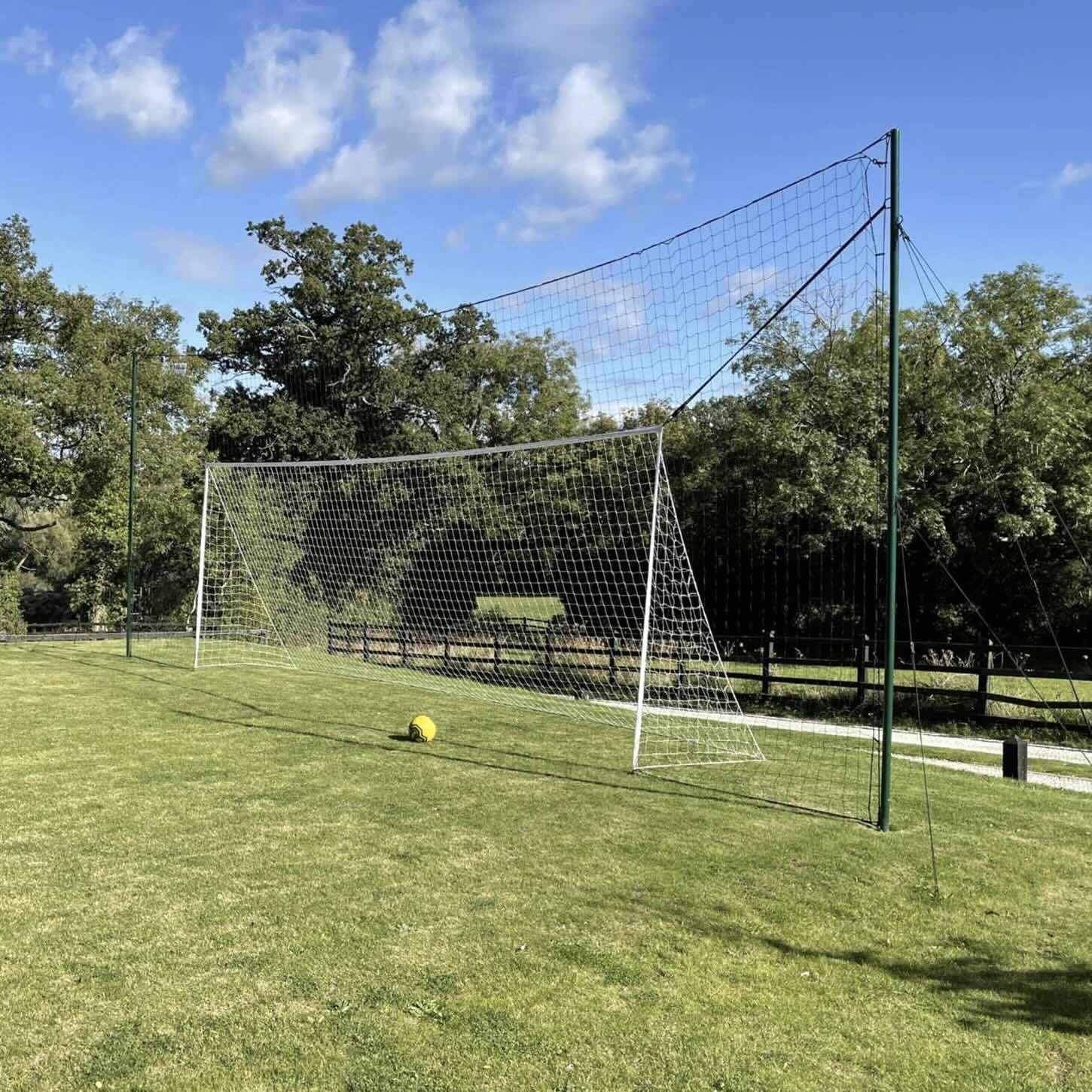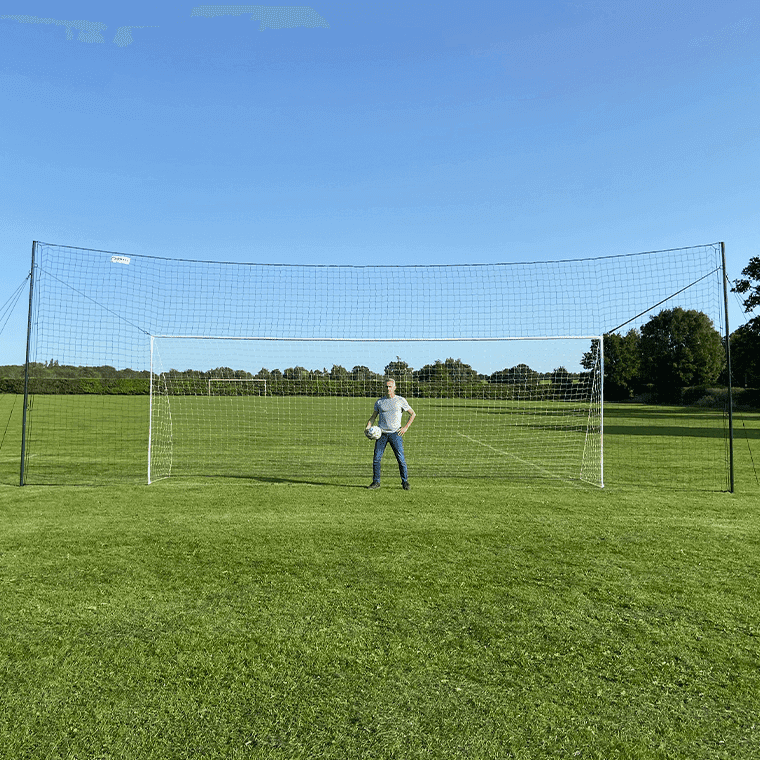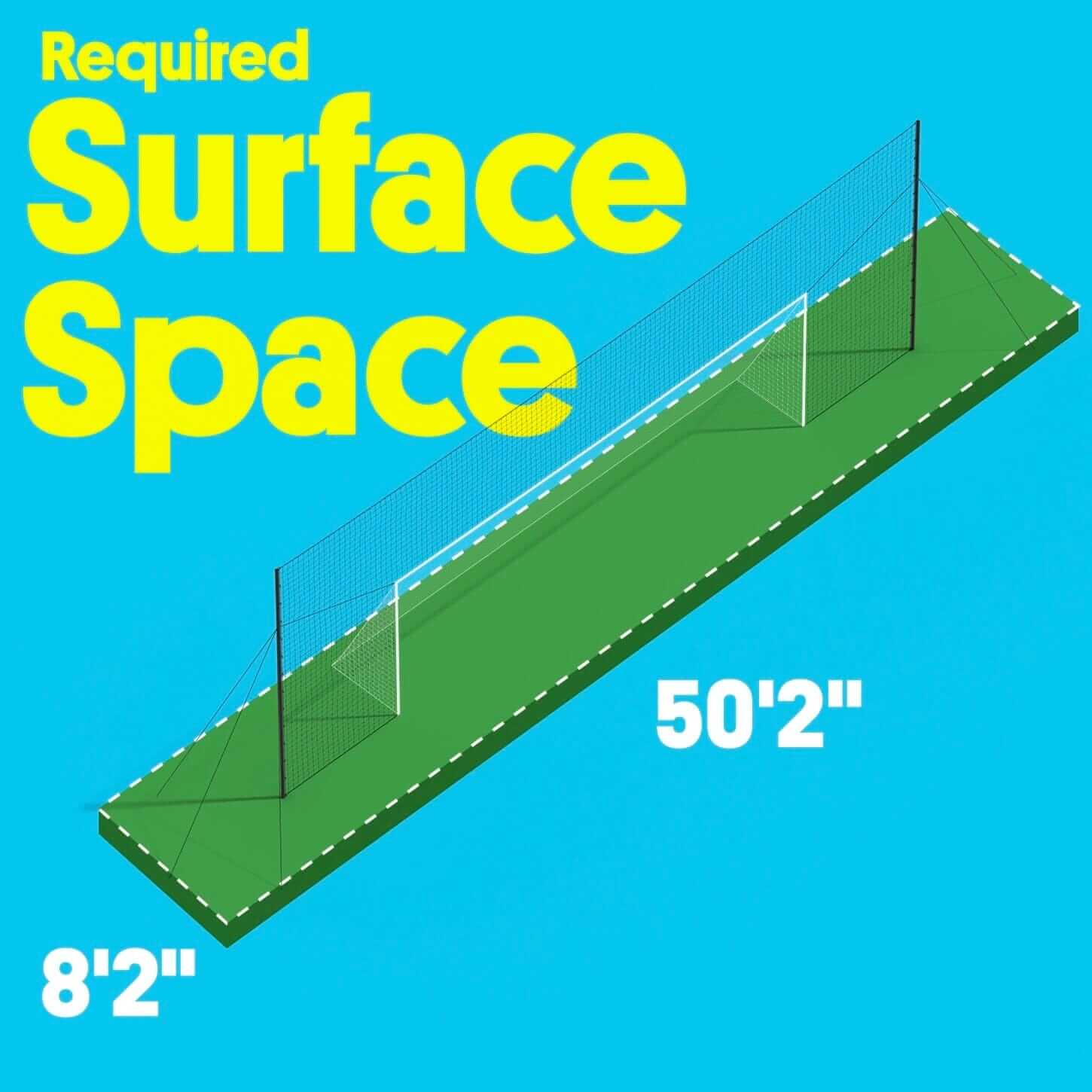If you are viewing a soccer match for the first time, the hand signals of the referee may seem weird.
But know that they are vital for enforcing the laws of the game. And the referee’s decisions based on these laws are final and should always be respected.
Actually, the hand signals are not just for the players, but for helping the viewers too. So, for soccer players as well as fans of the game, a proper understanding of these signals is necessary.
So, let’s take a closer look.
How Many Referees Are There in Soccer?
In the field of play, there is only the main referee. Two other assistant referees stay beyond the sidelines on each side of the field to assist the main referee. In addition, there can be other on-field match officials as needed.
- The fourth official
- Two additional assistant referees
- A reserve assistant referee.
Each of these match officials has specified functions as mentioned in the IFAB rules
The presence of a video assistant referee (VAR) and one or more assistant VAR (AVAR) is also allowed since the 2018/2019 edition of The Laws of the Game. They help the referee to take decisions based on replay footage.
Each of these officials acts as per the directions of the referee. The referee can relieve them of their duties in case of any infraction of the laws or undue interference.
What Are the Soccer Referee Signals?
Listed below are the main soccer referee signals that referees use in a game of soccer and their meanings.
Goal Kick- The referee points the hand towards the goal area of the defending team.
Direct Free Kick- Holds up one hand and points to the defending goal.
Indirect Free Kick- Raises on hand vertically in the air until the kick is taken.
Play On/ Advantage- Runs forward while holding out both hands horizontally with palms facing up. This is a signal for the player with the ball to keep playing.
Penalty Kick- Points to the penalty mark from where the kick is to be taken.
Corner Kick- Points to the corner arc or the corner flag
Red card and yellow card- The referee displays the card with one hand raised above the head while facing the player to whom it is being shown.
Check- Puts one finger to the ear and extends one arm horizontally while checking a decision with the other on-field officials.
Review- Makes a TV signal with the hands to activate the video assistant referee.
Handball- Generally, the referee touches one hand to indicate a handball offense in soccer.
What Are the Assistant Referee Signals?
Just like the referee, the assistant referees (ARs) use multiple hand signals from both sides of the field. Both referees carry a flag that they use to attract attention while signaling. And the flag should remain unfurled at all times.
In addition to that, the ARs can also use the electronic communication system to communicate with the referee. However, the referee advises them about the situations where such communication can be used over hand signals.
Offside- Holds up the flag above the head to attract the referee’s attention. The flag angle is used to point to the position of the offside in the field. For an offside in the middle of the field, the flag is held horizontally.
To signal offsides in the near or the far side of the field, the flag is held up or down at a 45-degree angle respectively.
Fouls- The flag is also held up to attract the referee’s attention in case a player commits a foul beyond the referee’s vision.
Goal Kick- The flag is held out horizontally when the ball crosses the goal line.
Player Substitution- Once the assistant referee is informed of the substitution, they make a signal to the referee during the next stoppage of play, by raising both hands and the flag.
Corner Kick- Points the flag downward at a 45-degree angle toward the corner flag.
Throw-in - Holds out the flag to one side at a 45-degree angle when the ball crosses the touchline. The flag points toward the direction of the throw. In other words, the team attacking in the direction of the pointed flag takes the throw-in.
Goal - The flag is lowered and the assistant referee moves back toward the halfway line. In case they want to dispute the goal, they stay in position with the flag held up.

When Did Referees Begin Using Signals in Soccer?
The introduction of soccer referee hand signals is credited to Dr. Ellwood A. Geiges who was a referee in the early phase of the 20th century.
He was asked by a radio broadcaster if there could be some way to keep the press team better informed about the field decisions.
Dr. Geiges consulted with fellow football officials and the system of hand signals was created to “let the people in the stand know what is what” during a match.
Perhaps unsurprisingly, none of the original soccer reffing signals used in the 1920s remain in use. Today, there are different signals for implementing the laws of the game.
Whistle Signals for Referees in Soccer
You probably noticed this during a soccer match. Other than the hand signals, the referee also uses the whistle, verbal communication, and body language to control the match.
At the start of a match and after each playing half, the whistle initiates the soccer kickoff. Subsequently, the whistle is mainly used to stop and restart the play.
Note, the FIFA rules mention that the whistle should not be used too frequently as it would lessen its impact. In case the whistle gets blown in error, a dropped ball restarts the play.
Even though it isn’t mentioned in the IFAB laws, the whistle tone shows the nature of the infraction. For example, a short whistle indicates a lesser foul that can result in a free kick.
A long whistle can indicate a more serious offense or a foul in the penalty area leading to a penalty kick.
FAQs
What is the referee signal for a five-second violation?
The rules of soccer don’t mention any five-second violation. However, an indirect free kick can be awarded if the goalkeeper holds on to the ball inside the penalty area for more than six seconds.
What is the offsides signal in soccer?
The assistant referee announces an offside offense by raising the flag. The referee then awards an indirect free kick to the defending team.
What signals does a soccer referee use for substitution?
The AR holds both hands up along with the flag as the sign for a substitution. The referee then initiates the process during a stoppage.
What do two whistles mean in soccer?
Two long and hard blasts of the whistle indicate a serious offense that is punishable by the display of cards.
Final Thoughts
Understanding the soccer referee’s signals will help you to follow the specifics of the game. While they may look confusing in the beginning, you will get used to them after observing a few matches.
Generally, young players are introduced to the soccer refereeing rules at the very beginning of their soccer career. It helps in the smooth progress of the match and allows players to make a positive impact on the game.

It’s usual for youth soccer players to be more enthusiastic about practicing their skills. The Open Goaaal Soccer Rebounder helps them to sharpen their skills in the backyard when the practice grounds are out of bounds.
It ensures the safest and best way to practice soccer without wasting time chasing down balls or destroying windows and gardens.


